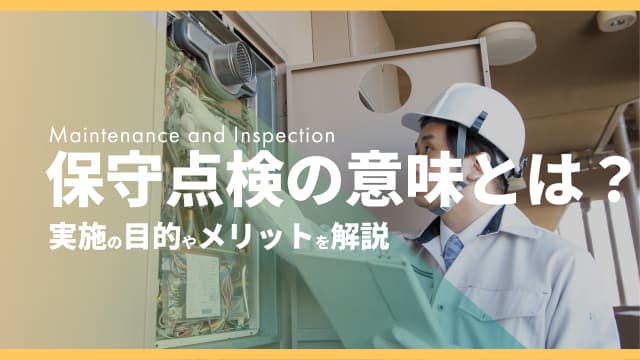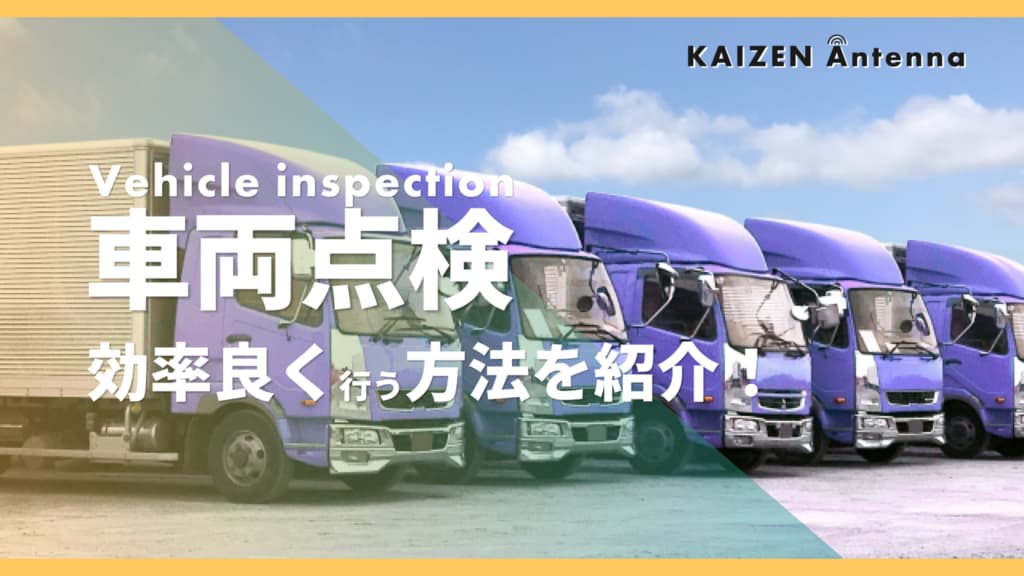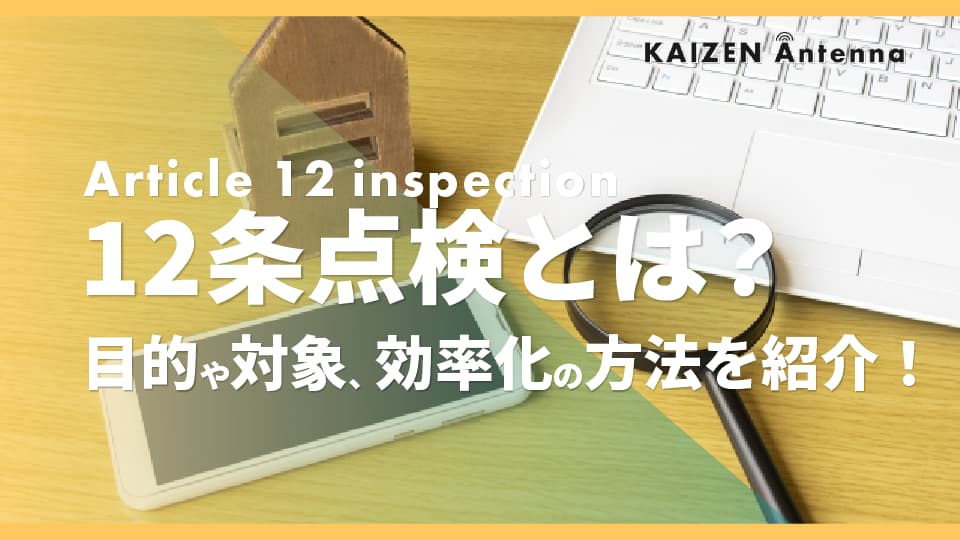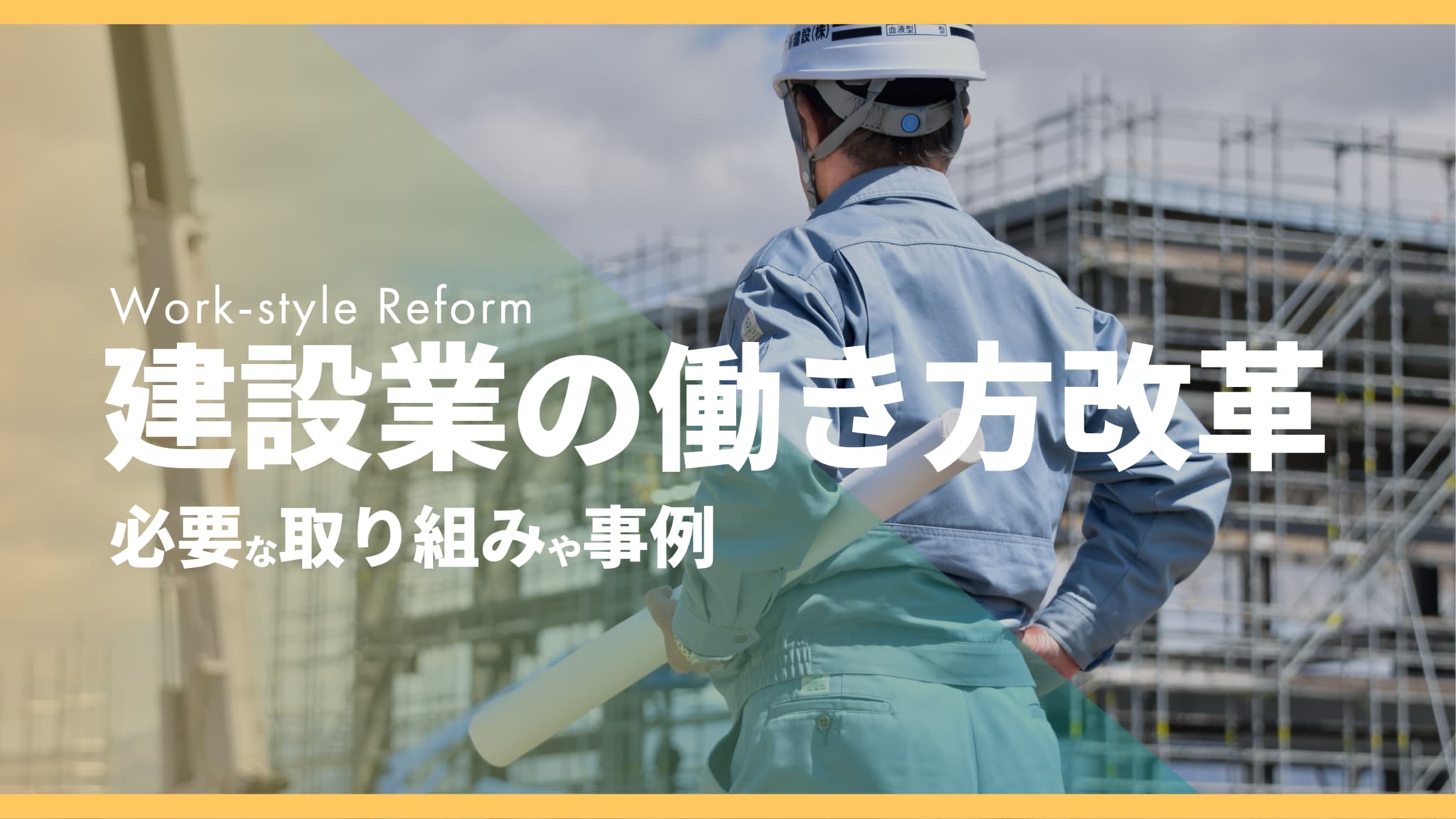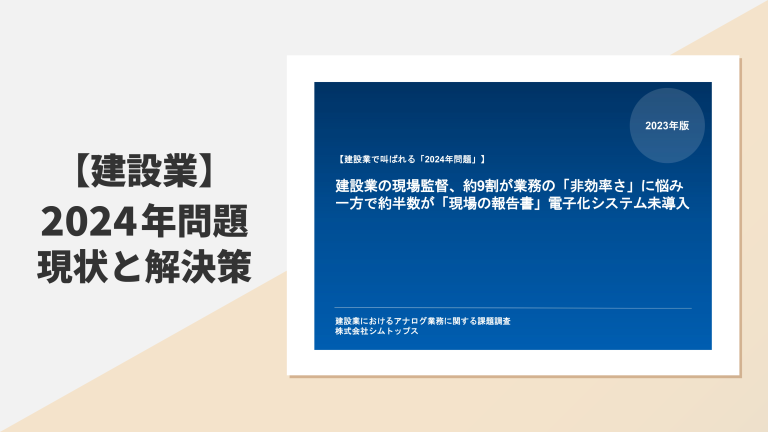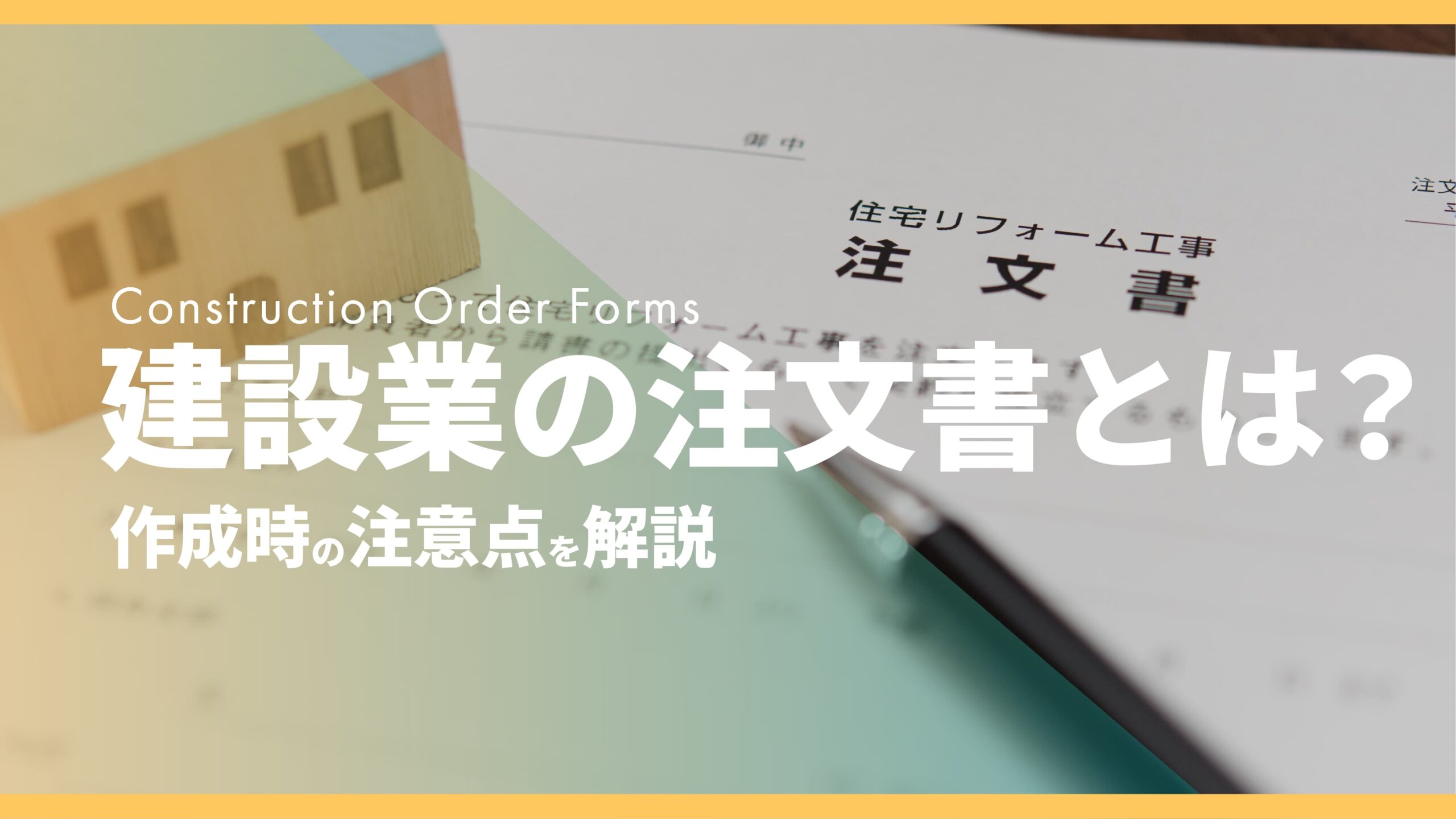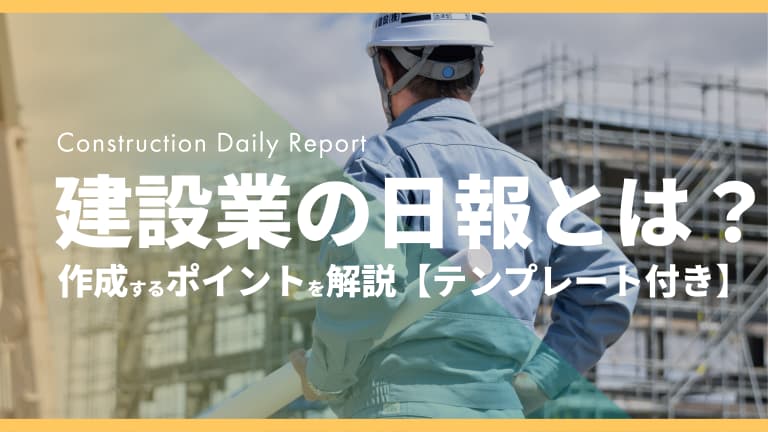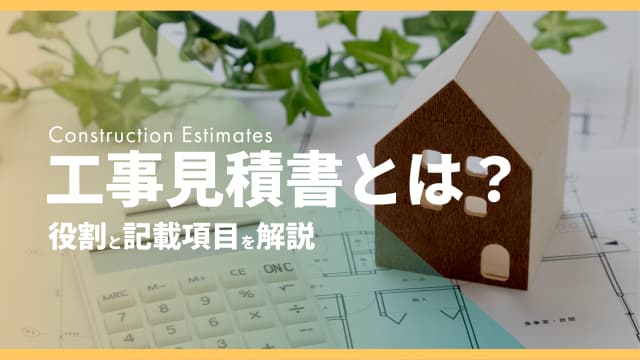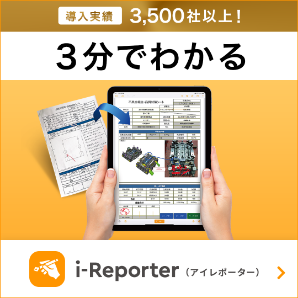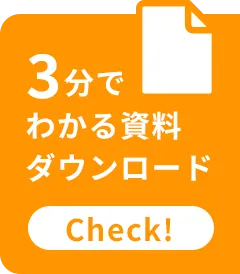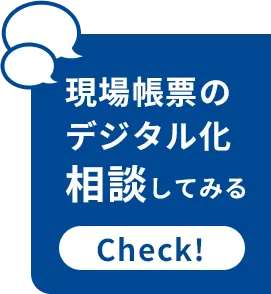Equipment installed in factories does not continue to operate without any maintenance. Over time, breakdowns and malfunctions can occur, and parts can need to be replaced.
What is a crane inspection? Learn about the cranes that are subject to inspection and when to inspect them!
table of contents
While cranes are convenient because they can easily transport heavy loads, there is a risk that even a small malfunction or breakdown could lead to a major accident. It is important for operators to carry out voluntary inspections in accordance with legal requirements and make efforts to prevent problems from occurring.
This time, we will explain the mandatory crane inspections, the types of cranes that are subject to them, and when the inspections are to be carried out.
We will also introduce tools that support inspection recording, so please take a look.
What is crane inspection?
When using cranes in logistics warehouses and other facilities, operators are required to conduct regular self-inspections.
Here we will explain the overview of crane inspections, the types of cranes that are subject to inspection, and the work that must be done after the inspection.
Mandatory crane inspections
Crane inspections are called periodic self-inspections and are mandated by the Crane Safety Regulations based on the Industrial Safety and Health Act.
Failure to inspect a crane may result in penalties for violating the law.
This is an important process for preventing accidents and maintaining crane performance. If an abnormality is found in a crane during an inspection, the operator must repair it immediately.
No special qualifications are required to carry out crane inspections. However, periodic self-inspectors are recommended to take the "Periodic Self-Inspection Safety Training" course provided by the Japan Crane Association.
[Source] "Crane Safety Regulations (Ministry of Labor Ordinance No. 34 of 1972)" (e-Gov Law Search)
Cranes subject to inspection
A wide range of cranes are subject to inspection. Basically, all cranes and mobile cranes with a lifting capacity of 0.5 tonnes (500 kg) or more are subject to inspection. Cranes with a lifting capacity of less than 0.5 tonnes are exempt from inspection.
In addition, derricks, elevators, construction lifts, and simple lifts that are subject to the Crane Safety Regulations also require regular self-inspection.
In addition, cranes and mobile cranes with a lifting capacity of 3 tons or more must also undergo performance inspections.
Specifically, a load test involves lifting the maximum load the crane can lift and checking that there are no problems with operation.
If the inspection is passed, a crane inspection certificate will be issued, which is valid for two years.
Post-inspection work
After the crane inspection, the results of the self-inspection should be recorded. It is common to prepare an annual self-inspection form or a monthly self-inspection form, and record the results of each inspection.
Article 38 of the Crane Safety Regulations requires that recorded results be kept for three years.
In addition, if the inspection is carried out by someone who has completed the regular self-inspection safety training, they can purchase and affix a self-inspection implementation sticker.
Although affixing the sticker is not mandatory, it serves as proof that the inspection was carried out in accordance with the guidelines set out by the Ministry of Health, Labour and Welfare.
When should I inspect my crane?
The inspection items for crane inspections may change depending on when they are carried out. Here we will introduce the inspection items and when to inspect your crane.
Annual Inspection
Annual inspections are conducted once a year. They are voluntary inspections of specified items once a year. They are the largest of the regular voluntary inspections, and in many cases, they are outsourced to external inspection companies.
The inspection includes checking for any abnormalities in the structural, mechanical, electrical, wire ropes, lifting equipment, and foundations.
In addition, during the load test, the crane is lifted with a load equivalent to the rated load, and operations such as lifting, traveling, turning, and trolley traversal are tested at the rated speed.
Monthly inspection
Monthly inspections are conducted once a month. Voluntary inspections are conducted on specified items once every month.
The inspection mainly involves checking the crane's functionality and any abnormalities or damage to the equipment. Specifically, it can be divided into the following six categories:
• Check for abnormalities in over-winding prevention devices and other safety devices, overload warning devices and other warning devices, brakes and clutches
• Check for damage to wire ropes and lifting chains.
• Check whether or not the hooks, crab buckets, and other fishing equipment are damaged.
• Check for abnormalities in wiring, current collectors, switchboards, switches, and controllers
• Check for any abnormalities in the parts that fasten the main rope, rail rope, and guy rope of the cable crane.
• Check the condition of the winch installation.
Pre-work inspection
A pre-work inspection is carried out before the start of work for the day. Cranes with a lifting capacity of 0.5 tonnes or more must be inspected before starting work.
We inspect the functionality of the overwinding prevention device, brake, clutch and controller, the condition of the runway (track) and the rails on which the trolley travels, and the condition of the areas where the wire rope passes.
Regarding pre-work inspections, there is no legal requirement to keep the inspection records mentioned above.
However, it is recommended that you keep it for a certain period of time so that you can refer to it during the next inspection or use it as documentation in the unlikely event of an accident.
Inspection for storms, etc.
The Crane Safety Regulations also require inspections after strong winds or earthquakes. This applies to cranes installed outdoors, and inspections are required when there is a wind speed exceeding 30 meters per second or when there is an earthquake of magnitude 4 or higher.
We check the condition of the over-winding prevention device, brake, clutch, and controller, as well as the condition of the runway and the rails on which the trolley runs, and the areas where the wire rope passes. After making sure that the crane is operating normally through the inspection, we can move on to normal operations.
How to inspect overhead cranes used in warehouses
Overhead cranes used in logistics warehouses also require inspection. Next, we will explain the overview of overhead cranes and the inspection procedures.
What is an overhead crane?
Overhead cranes are often used in logistics warehouses. They are cranes that run on a runway and come in various types, such as club trolley and hoist types. They are used to transport heavy loads that are difficult to carry manually.
Overhead crane inspection
Like regular cranes, overhead cranes also require annual and monthly self-inspections as well as inspections before work begins. For annual and monthly self-inspections, be sure to keep inspection records for three years.
However, since overhead cranes are often installed indoors, inspections after a storm or earthquake are generally not necessary.
Types of overhead cranes
Overhead cranes used in general warehouses can be broadly divided into "rail-type overhead cranes" and "suspended type overhead cranes," and are classified as either club trolley type or hoist type depending on the type of hoisting machine (the device that lifts the cargo).
The "lifting load" (maximum load that can be lifted) of an overhead crane varies depending on the weight of the load being lifted, so it is important to select a crane with the appropriate load capacity for the application.
Qualifications required for operating overhead cranes
To operate an overhead crane, you must have one of the following qualifications:
• Crane/derrick operator's license (unrestricted or crane-only)
• Floor-operated crane operator's license
• Special training for crane operation
• Slinging skills training
These qualifications are essential for safe crane operation and are required under the Industrial Safety and Health Act. Having the appropriate qualifications will help prevent accidents and ensure efficient work.
We recommend using "i-Reporter" to manage crane inspection records!
In this article, we have explained the need for crane inspections, the types of cranes that require inspections, and the inspection contents for each period.
Crane inspections are essential for workers to transport loads safely. Carry out inspections at appropriate times to ensure a safe and comfortable working environment.
When conducting crane inspections, the details and results must be recorded. However, if inspection records are kept on paper, problems arise in terms of storage space and printing costs.
Another issue is that paper media is difficult to search, making it difficult to access the documents you need when you need them.
By introducing "i-Reporter," a site document management system, you can digitize paper and Excel-based inspection sheets with the same layout.
Without significantly changing usability, it solves problems related to storage space, printing costs, and document searchability, leading to increased business efficiency.
It also comes equipped with many functions to assist workers in entering data, which will help reduce errors during data entry.
If you are having trouble managing your crane inspection records, please consider introducing "i-Reporter."
Click here for the i-Reporter website, an electronic site report system.


This is the editorial department of the Field Document Research Institute!
This blog is operated by CIMTOPS Corporation., which develops and sells the field document electronic solution "i-Reporter."
We will be delivering industry information on a regular basis to help those of you working hard to promote digital transformation in the workplace, so please take a look!




